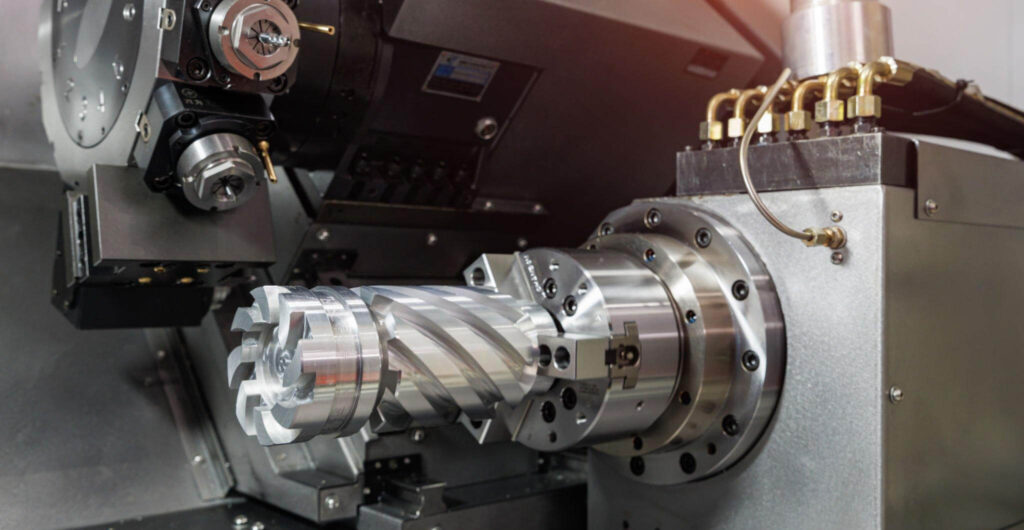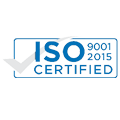Any Difference Between Ceramic Inserts and CBN Inserts for Hardened Steel
Exploring CNC Turning vs. Milling: Differences and Applications
In the world of precision manufacturing, two fundamental processes stand out: CNC turning and milling. These techniques play pivotal roles in shaping raw materials into intricate components, but they serve distinct purposes. We’ll delve into the nuances, benefits, and applications of each process, helping you gain a clear understanding of their unique contributions to modern manufacturing.

What is CNC Turning
CNC turning, or Computer Numerical Control turning is a machining process used to shape cylindrical workpieces into various forms using precision cutting tools. It is a subset of the broader field of CNC machining and is commonly used to create intricate and symmetrical parts with rotational symmetry. CNC turning involves the use of automated machinery, controlled by computer programs, to accurately remove material from a workpiece and achieve the desired shape and dimensions.
CNC turning is widely used in industries such as automotive, aerospace, electronics, and manufacturing, where precision parts with rotational symmetry are required. It offers increased productivity, reduced human error, and the ability to produce complex parts with consistent quality.
What is CNC Milling
CNC milling, or Computer Numerical Control milling, is a machining process that uses computerized controls and rotating multi-point cutting tools to remove material from a workpiece to create intricate shapes and designs. It is a highly versatile and widely used manufacturing method that enables the production of complex and precise parts from a variety of materials.
CNC milling machines come in various configurations, such as vertical mills, horizontal mills, and multi-axis mills. The ability to precisely control tool movements and cutting parameters makes CNC milling suitable for creating prototypes, production parts, molds, and more. It is commonly used in industries such as aerospace, automotive, medical devices, and consumer electronics to produce complex components with tight tolerances and excellent surface finishes.
What is the Difference Between CNC Turning and Milling
CNC turning and CNC milling are two distinct machining processes, each suited for specific types of workpieces and geometries. Here’s a breakdown of the key differences between CNC turning and milling:
- Type of Operation:
CNC Turning: In turning, the workpiece rotates while the cutting tool remains stationary, and material is removed from the workpiece’s outer diameter to create cylindrical shapes.
CNC Milling: In milling, the cutting tool rotates and moves along multiple axes, while the workpiece remains stationary. Material is removed from various directions to create complex shapes and features.
- Workpiece Shape:
CNC Turning: Turning is ideal for creating cylindrical or rotationally symmetrical parts, such as shafts, tubes, and discs.
CNC Milling: Milling is versatile and can produce a wide range of shapes, including flat surfaces, contours, pockets, slots, and intricate 3D geometries.
- Geometry and Complexity:
CNC Turning: Suited for simpler geometries with rotational symmetry. Limited to producing features that can be generated by rotating the workpiece.
CNC Milling: Allows for more complex and varied geometries, making it suitable for parts with intricate designs and non-rotational features.
- Machining Process:
CNC Turning: Material is removed by the cutting tool in a linear motion parallel to the workpiece axis, creating cylindrical cuts.
CNC Milling: Material is removed by the cutting tool in a combination of linear and rotational motions, allowing for a wide range of cutting paths.
- Cutting Tool Configuration:
CNC Turning: Generally uses single-point cutting tools that engage the workpiece radially.
CNC Milling: Utilizes multi-point cutting tools that can engage the workpiece from various angles.
- Work-holding:
CNC Turning: Typically involves chucking the workpiece on a lathe spindle for rotation.
CNC Milling: Requires securing the workpiece on a table or fixture, which provides stability for multi-axis movements.
- Applications:
CNC Turning: Used for producing parts like shafts, pins, bushings, and cylindrical components.
CNC Milling: Applied to create parts with complex shapes, including molds, dies, gears, and intricate mechanical components.
CNC Turning: Generally has a higher material removal rate for cylindrical features due to continuous cutting.
CNC Milling: The material removal rate varies based on the complexity of the cut and the tool path.
Both CNC turning and CNC milling have their strengths and applications. Choosing between them depends on factors such as the desired part geometry, complexity, material type, and the required machining accuracy. Often, these two processes can complement each other in manufacturing operations that involve producing components with both rotational and non-rotational features.
FAQs
Q: Can CNC turning and milling be used together?
A: Yes, combining both processes in a single workflow can optimize the production of complex components.
Q: Which process is more suitable for high-precision work?
A: CNC turning is better suited for high-precision work involving rotational symmetry.
Q: What materials are commonly used in CNC turning?
A: CNC turning is often used with materials like aluminum, brass, and plastics.
Q: Is milling suitable for large-scale production?
A: Yes, milling’s higher material removal rates make it efficient for bulk production.
Q: Can CNC turning to create non-cylindrical shapes?
A: While primarily used for cylindrical shapes, CNC turning can create non-cylindrical features with specialized tooling.
Q: What process offers a better surface finish?
A: CNC turning generally produces smoother surface finishes due to continuous tool engagement.


